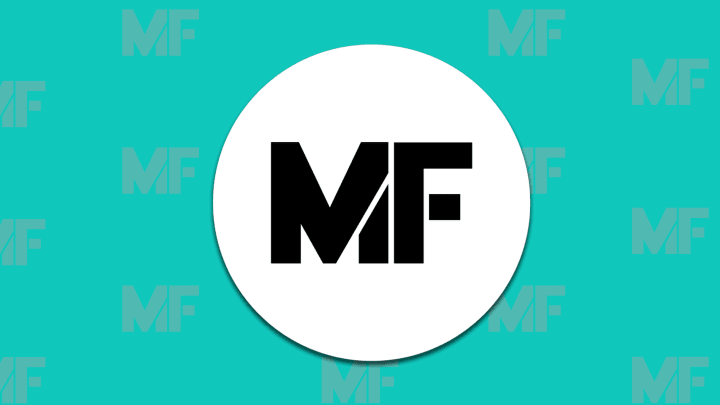The Birth of the Phillie Phanatic
By Ethan Trex

Image credit: Temple University Libraries
In the late 1970s, the Phillies’ mascots were two 18th-century siblings named Philadelphia Phil and Philadelphia Phyllis, but the duo did little to attract families wary of Veterans Stadium's rough-and-tumble image. In an effort to find a more family-friendly mascot, team officials commissioned design firm Harrison/Erickson, who also designed Muppets and the Montreal Expos’ beloved Youppi!, to craft a gentler symbol for the team. Thus, in 1978, six feet of green fur, curled tongue, and gyrating belly were born to signify the rabid passion of Philly’s fans without drawing attention to the more beer-soaked aspects of the Vet.
© Matthew O'Haren/Icon SMI/Corbis
Former team vice president and current part owner Bill Giles wrote in his autobiography that he made a key blunder when commissioning the design.
Given the option of buying the Phanatic costume alone for $3900 or the costume and its copyright for $5200, Giles didn’t shell out the extra $1300. This decision turned out to be an expensive mistake: five years later, Giles and a group of investors bought the team and eventually purchased the copyright from Harrison/Erickson for $250,000.
A 2002 study for the Cardozo Law Review called the Phillie Phanatic "the most-sued mascot in the majors." The team disputed that claim in a 2010 Philadelphia Daily News article:
Phillies spokeswoman Bonnie Clark ... questioned the characterization of the Phanatic as the 'most-sued mascot in the majors,' and said that he's been sued only twice in the last decade. Daily News records show, though, that the Phanatic was sued at least three times in the decade before that, including once for hugging someone too hard.
Despite the legal woes, the Phanatic has become one of baseball’s most popular mascots. In 2005, he joined the San Diego Chicken and the Phoenix Gorilla in the Mascot Hall of Fame's inaugural class.